The arts not only entertain us, they also offer opportunities to heal the body and mind. Artistic expression through writing, drawing, sculpting, dancing, singing, and much more, can provide relief from stress, pain, trauma, or illness, and help process thoughts and emotions that may otherwise remain hidden or ignored. As Black feminist writer Audre Lorde wrote of her preferred artistic medium: “Poetry is a way we help give name to the nameless so it can be thought.”1 For Lorde, composing verse offered an emotional outlet for the social injustices that she witnessed and experienced. “Art for art’s sake doesn’t really exist for me… what is beautiful has to serve the purpose of changing my life. If I cannot air this pain and alter it, I will surely die of it,” she said.2
Artistic creation can offer life-saving restoration for creators and viewers alike. Whereas creators may find distraction from pain, outlet for repressed thoughts and emotions, and enhanced feelings of self-worth, viewers can find belonging, representation, and self-affirmation in the poignant works of others. In fact, Montreal physicians launched a pilot project earlier this month—the first of its kind worldwide—to treat patients with prescription visits to the Montreal Museum of Fine Arts. “We know that art stimulates neural activity… if you are in contact with culture, with art, it can really help your well-being,” said Museum Director Nathalie Bondil.3
But if art is healing, then healing is also an art. The works featured in this issue reflect broadly on the myriad paths to mental, emotional, and physical wellbeing. The goal of this issue is twofold: to remind you that you’re not alone in your struggles and to offer accessible ways to jumpstart your own path to healing through engagement with the arts.
The goal of this issue is twofold: to remind you that you’re not alone in your struggles and to offer accessible ways to jumpstart your own path to healing through engagement with the arts.
The issue opens with a poetic reflection by street artist Sloast on her artistic practice, which centres on embracing vulnerability and helping others express themselves through art-making. Marcia Burnier describes the healing power of her personal writing process. A selection of photographs by Martin Lukas Ostachowski recreates the meditative experience of observing cloud formations. Racquel Griffith likens the mental and emotional release of writing poetry with the freeing and fluid movement of the ocean. Julie Boisvert explores the benefits of writing in relation to loneliness, self-understanding, and creativity.
Yemisi Adeleye describes the experience of hitting rock bottom and finding the self-determination to pull oneself out of a dark place. Ana Mess shares illustrations from her book about grappling with depression, sin ser de noche se ve muy negro [without nighttime it still looks very black] (2018). An excerpt written by Lucile de Pesloüan with accompanying artwork by Geneviève Darling from their newly published book, J’ai mal et pourtant, ça ne se voit pas… [I’m in pain and yet, it does not show …] (2018), advocates empathy and counters stigma around those suffering from unseen ailments.
Jess Murwin describes her personal pursuit of healing and working through feelings of isolation after being diagnosed with a chronic illness. Cassie Jones explains how her collaborative installation creates space for survivors who may feel alone to unburden painful memories and to find comfort. Shanly Dixon advocates arts-based collective action, citing the Growth on the Horizon initiative, as an empowering and healing tool to foster empathy and spur more authentic and engaged institutional policy.
Caleb Reed shares his self-affirming experience with yoga. Pamela Fillion offers herbal remedies to enable healing at the somatic level and establish connection between the wellbeing of body and mind. Alexis Bulman visualizes her invisible physical (dis)ability through larger-than-life sculptures assembled across the Canadian landscape.
Kacper Niburski explores healing in healthcare through his story about a medical student working with marginalized bodies and navigating space as both oppressor and oppressed. A powerful conversation between prominant author and artist Vivek Shraya and Managing Editor Vincent Mousseau explores those moments when the creative process isn’t healing, even if “making art feels like all [one] can do”.
Forence Yee externalizes the pressure of racialized and gendered expectations through “ghostly scrolls” embroidered with phrases that have long haunted her. Claudia Janampa Huamán poetically affirms the power of family ties and cultural belonging. Vivardy Boursiquot advocates writing and art as ways of dealing with global suffering and finding one’s place in the world. Aquil Virani concludes the issue with a reflection on his CelebrateHer project and an affirmation that art holds the power to heal artists, subjects, and viewers alike.
Feminist scholar bell hooks once wrote, “the function of art is to do more than tell it like it is—it’s to imagine what is possible”.4 This issue aims to affirm that not only is healing possible, but that you deserve to heal. The natural motif flowing from our beautiful cover by Swarm through the ivy leaves at the end of each submission is intended to recall your inherent tenacity. Even under the most adverse circumstances, ivy manages to thrive… so get in touch with your inner climbing plant!
I invite even the least artistically-inclined reader to try some of the activities on our infographic, curated as low-impact, budget-friendly options to bring calm and comfort, promote self-awareness, and affirm positive self-identity. Just don’t forget that healing takes time and that you can recover in your own way and at your own pace.
Happy reading,
Sofia Misenheimer
Editor-in-chief
- Lorde, Audre, “Poetry Is Not a Luxury,” Sister Outsider: Essays and Speeches. Freedom, CA: Crossing Press, 1984 (36-39).
- Audre Lorde.” Black Women Writers at Work. Ed. Claudia Tate. NY: Continuum, 1983. 100-16.
- https://www.cbc.ca/news/canada/montreal/montreal-museum-fine-arts-medecins-francophone-art-museum-therapy-1.4859936
- bell hooks, Outlaw Culture : Resisting Representations, Routledge, 2006 (281).



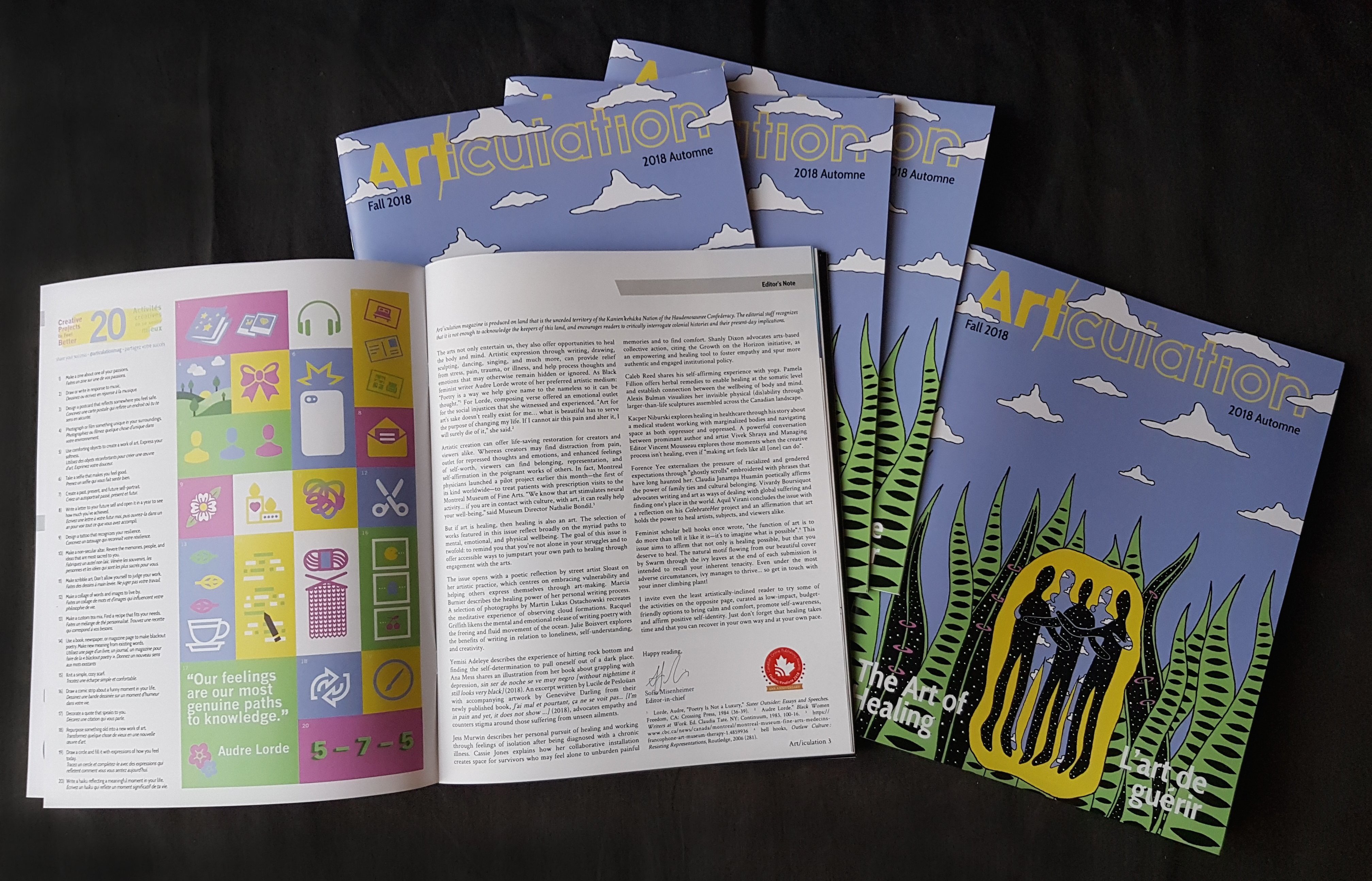


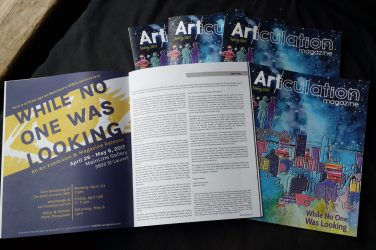
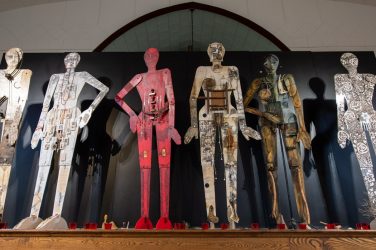

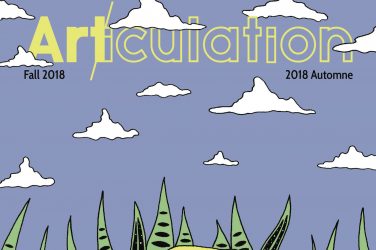
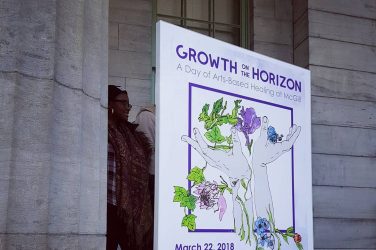
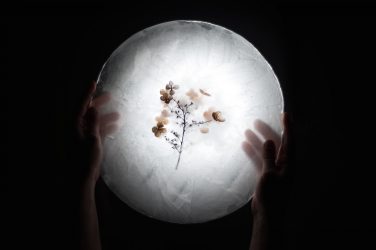
Show Comments (0)